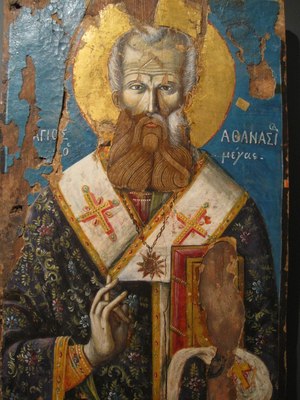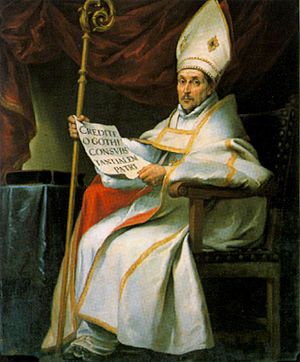The Church liturgically honors Saint Athanasius, a bishop, Confessor, and Doctor of the Church. He was the bishop of Alexandria, having been the 20th Patriarch of the Church, and having died in 373. The exact biography of the saint’s life is lost, we do know this theological and pastoral activity. It is said that he was ordained to the episcopate in 328 not yet attained the canonical age of thirty years. Athanasius is famous, that is, distinguished, for being a great defender of the truth of Jesus’ full divinity as well as being fully human: our belief in the Incarnation. He was at that time, and continues to be, revered as a “Father of Orthodoxy.” Historically, he is remembered for composing two treatises, “Contra Gentes” and “De Incarnatione,” written around 318 which is before Arianism got a foothold in society.
What makes Saint Athanasius important for us in the 21st century is that despite the contentiousness of the debate of who Jesus is, it was his personal witness more than anything that led people to the truth of the Faith. The issues in the 4th century remain with us today: many “faithful” Christians don’t know how to explain what and whom they say they believe in. Saint Athanasius is still able articulate Catholic belief.


